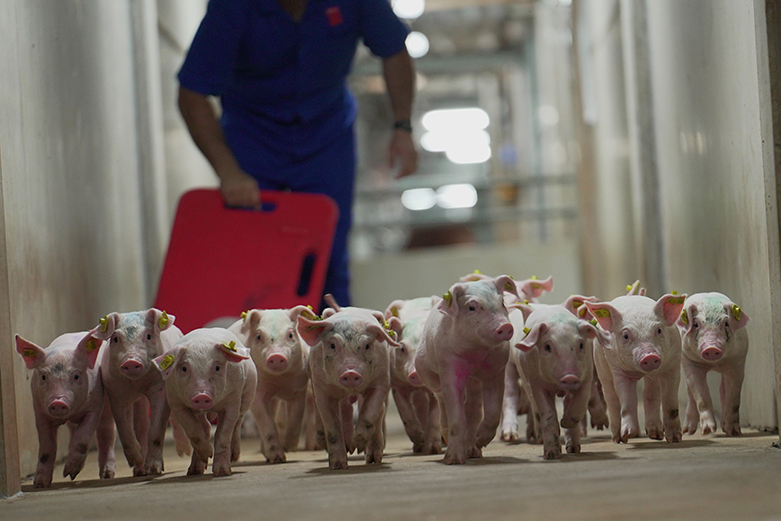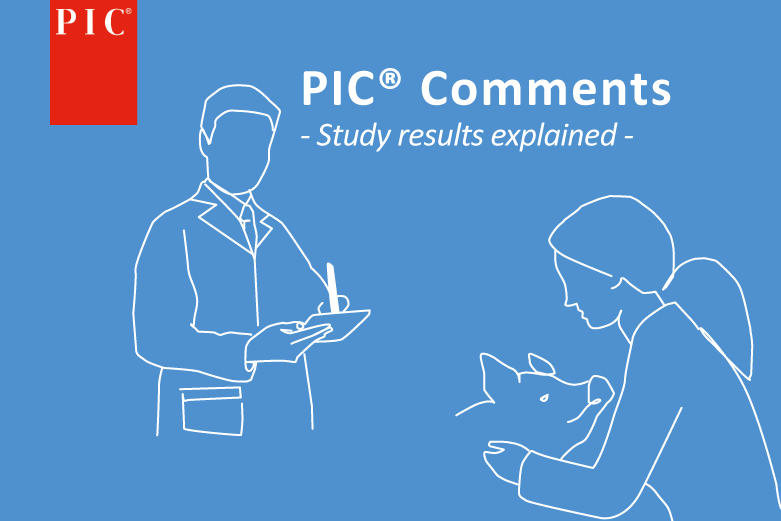Authors: P. Mosqueira DVM; J.C. Pinilla DVM, MS – PIC Global Technical Services Team – Reproduction Specialists – Hendersonville, USA
During the last few years, an increase in sow mortality has been documented. A number of the highest risk factors relating to sow casualties are listed below:
Gilt selection criteria
Good selection of gilts with a focus on the sow longevity should prioritise overall appearance and conformation of the sow, weight and size, leg structure and hoof integrity.
Gilt’s body weight at first mating
Body weight at first insemination is possibly the most important indicator of gilt eligibility as it reflects growth and body maturity and is highly correlated with health and reproductive status. The optimal liveweight recommended by PIC at first mating is between 135-160 kg. Sows that are too thin and small tend to have difficulty coping with the piglet load during lactation, and sows that are too heavy may have more structural leg difficulties and lower feed intake during lactation.
On-farm staffing
Both understaffed farms and unskilled labour negatively impact on-farm productivity. Lack of experience in animal management is often related to an increase in overall sow mortality, and in some cases, it takes months to get good training.
Individual sow care
Sow care comprises not only the management of the herd as a whole, but even more important is the care of the individual sow. Quick and proactive identification of sows in need of intervention can save many sows that would otherwise be culled.
Body condition
The body condition of the herd can determine the lifetime performance of the animals. It is known that fat sows tend to have more structural problems such as lameness, and thin sows tend to be more fragile on both the health and management side.
Group housing
There is a learning curve in the implementation process inherent in this scenario, which in some cases can lead to reduced performance, with sow mortality being one of the first indicators.
Parity structure
The balance of the herd’s parity structure is a combination of replacement rate, culling rate and sow mortality. Any disturbance of this balance can lead to losses in performance, and sow mortality is routinely affected.
Prolapse
Although the industry is working on identifying the aetiology, it is known that some risk factors may predispose to its occurrence. Some examples are older females, small grain particle size, constipation, farrowing assistance with excessive use of oxytocin, and mycotoxins in feed.
PIC Comments
Pablo Magallón and Maria Ros, Technical Service Southern Europe
Sow mortality is one of the most important indicators of performance and efficiency in modern pig production, as it is a component of more complex and complete performance indicators such as lifetime productivity of the sow. A major impact on sow mortality goes beyond the mortality rate per se, as it can negatively affect other indicators, such as insemination target, farrowing rate, retention rate and overall farm productivity. Low sow mortality is also a symptom of good herd management and husbandry.
Considering the production factors of sow mortality listed above, it can be said that different factors can influence this indicator. In addition to production needs, systems can also face health challenges which, on their own or combined with production challenges, can lead to an increase in sow mortality.
After identifying the key drivers of sow mortality and their impact on a given system, the next step is to design an action plan to address these causes and execute it with focus and discipline.
Originally published in “Investigación Comentada – SUIS”.




